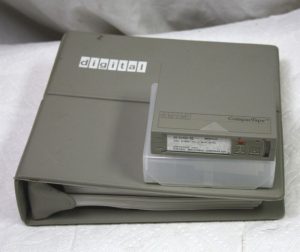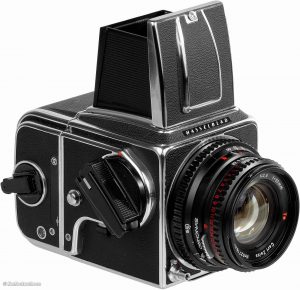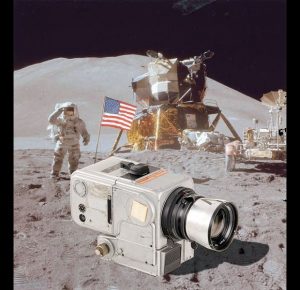Necessity is the mother of invention
We have all been there and often wondered if there is a better way.
My journey has taken me down many paths where I have gained a wealth of experience, some of which you can read about below.

3 McLean Drive
RD1, Leithfield, 7481, New Zealand
Cellphone +64 274437083
Skype nz50mw
Email support@nzservers.com
More results...
Thomas Edison
We have all been there and often wondered if there is a better way.
My journey has taken me down many paths where I have gained a wealth of experience, some of which you can read about below.
I initially started out as an accountant in 1970 through to 1984.
The accounting industry relied on computer bureaus as the cost of owning a computer was initially prohibitive, plus the space required to house a mainframe computer.
As technology advanced the cost of computers decreased, making it affordable for accountants to own a computer.
At the cost of $65,000 plus you could buy a DEC PDP-11/23 plus the cost of the software.
The market changed as accountants then became the Bureau for processing clients accounts receivables/payables plus payrolls.
It was during this time, my involvement shifted from accounting to software development, as the software I was using needed some improvements.
My desire for a better accounting system led to my involvement as a contract software developer for a firm called ‘BCL’ who provided accounting software for most of the Chartered Accountants in New Zealand.
One of the projects I led was the development of a module for GST as New Zealand prepared for this new indirect method of collecting a tax.
Many years later, I find that the software is still in use today.
The arrival of the IBM XT computer was to change the face of computing and the direction I would head in
In 1986 PSI launched a PC clone onto the market for a cost of $5,500 slashing $9,500 off the IBM XT cost.
As people saw the opportunity for a quick dollar, the market became saturated.
After PSI, I became interested in the fledgeling Internet industry at a time when people doubted the viability of the web.

There were only dial-up connections with connection costs ranging from $5.00 per hour or less.
Web hosting was not cheap costing $100.00 per month for 1MB of disk quota.
The web was initially primitive and not very fast.
I cut my teeth on HTML progressing to a language widely used on the web called ‘PHP’
Simon Weller shared my same vision, so it wasn’t long before we formed NZServers to cater to this emerging market.

I also have a broad range of skills with most Microsoft products, Corel Draw Products, versioning systems and numerous other products.
1975 – 1982
I loved the thought of manipulating light, expressing myself through photography.
At first, it was a hobby where I experimented with pinhole cameras, developing film to printing photographs using a contact printing method.
My first real camera was a 35mm Ashai Pentax SP500 known today as a ‘Full Frame Camera’.
The quality using Kodachrome or Ilford Pan F films allowed my imagination to run wild.
I loved photography and soon found the need for a larger format camera.
This lead to my dream camera called a Hasselblad 500cm

A lot of people have never heard of this camera, but everyone has heard of the moon landing.
Hasselblad cameras were used to take the first photographs of the moon landing.
(A Hasselblad camera described as the one used on the moon by Apollo 15 astronaut Jim Irwin was auctioned March 22, 2014 by the WestLicht Gallery in Austria for almost $1 million)
Hasselblad cameras were not cheap but not $1 million to buy.
A hobby turned into a part-time profession to pay for my hobby, which in the end became a chore.
Today I enjoy photography once again as a hobby. With the digital age, I love the new technology but still find myself using manual techniques to achieve the results I want.
My photography career:-